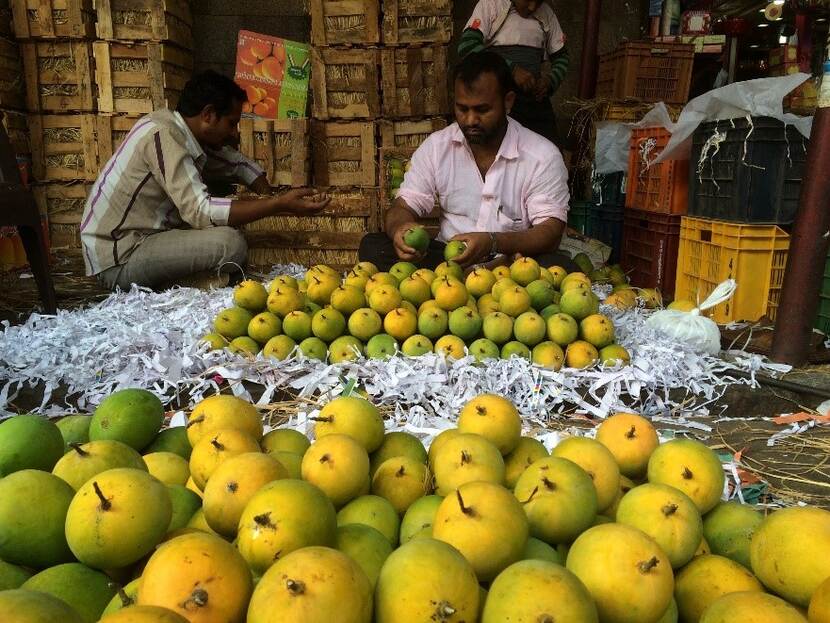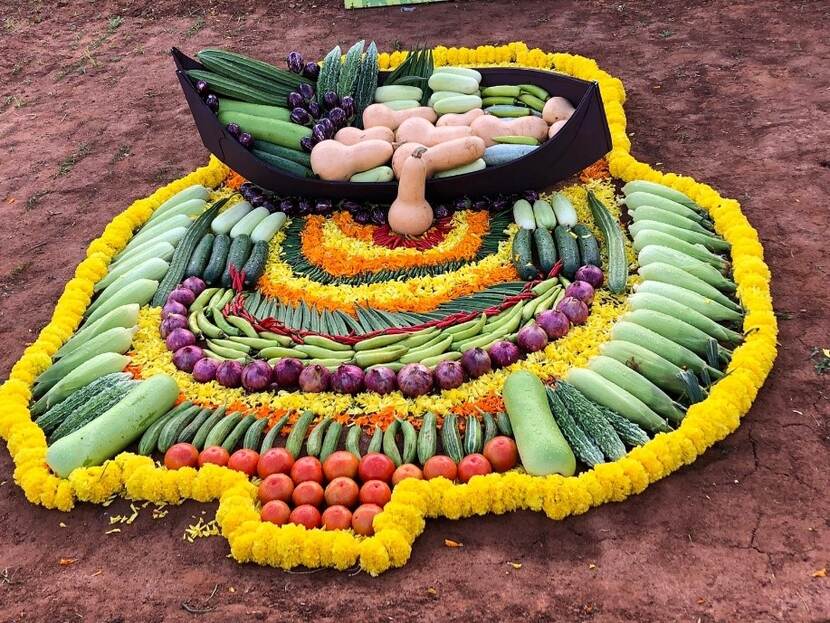Developments in India’s fresh fruits and vegetables market
Although the Indian economy faces a downturn, demand for (premium) fresh produce is stable and focusing more on health aspects and in-home cooking. While horeca have taken a beating, food delivery and ecommerce are on the rise – and are probably here to stay. This means different market approaches may be needed.
Due to Covid19, India’s biggest fresh fruits and vegetable event (Fresh Produce India; FPI) took place online on the 23rd of April. The event attracted 660 registered participants from 60 countries and was sponsored by the Netherlands consortium HortiTechIndia. In this article we share some of the event’s main outcomes as well as other updates on the Indian market for fresh fruits and vegetables.
Developments in consumer demand
The Indian market is characterized by rising incomes as well as high income inequality (top 20% of consumers receive 45% of income). There is explosive growth in digital penetration and usage (560 million internet subscribers, 354 million mobile users). Cities like Bangalore, Hyderabad and Chennai are rapidly urbanizing. At the same time, social structures and norms are changing, leading to a growing demand for services that make life easier, premium products, and shortcuts to simplify buying decisions. Consumers increasingly use online and neighborhood stores interchangeably. At the same time, fast-paced lives increase demand for nostalgia, ‘Made in India’ and simple choices. As consumers increasingly eat outside of their home (post-Covid), they are expected to pay more attention to healthy choices.
The impact of India’s lockdown on fresh produce trade varies from city to city. India’s largest ports are facing congestion as their container freight stations get clogged because importers and customs house agents are unable to take their consignment. Also, getting products from cold storage to end consumers can be challenging. India’s apple market is slower than in previous years but is expected to improve in June/July as trade issues are resolved and the mango season ends. Demand is up for specific products such as citrus due to expected immune system benefits.
In the long term strong growth is expected for the sector. The top 20 percent of India’s population are mainly located in big cities, and are least impacted by the downturn. They are not expected to cut expenditures on food items by much.
Marketing and sales channels
Covid19 has led to skyrocketing ecommerce sales (although there is a shortage of delivery staff) and a boom in home cooking. Marketing is expected to focus on health credentials, while packaging is likely to adapt with packages for smaller households and convenience products (such as fruit bowls on Swiggy). Subscription models are becoming popular. Neighborhood stores (Kiranas) have made a big comeback. Facebook recently invested 5.7 billion dollars for a 9.99% stake in India’s Reliance Jio Platforms, a 3.5 year old subsidiary of India’s most valued firm and biggest telecom operator, Reliance Industries. Facebook considers linking WhatsApp (400 million users in India) to JioMart (a JV between Jio and India’s biggest retail chain Reliance Retail).
The Indian government has recommended states to suspend some provisions of the agricultural produce marketing committees (APMCs) Acts to encourage direct marketing by farmers of crops rather than going to rural markets (‘mandis’). Some bulk buyers have started purchasing fruits and vegetables directly from farmers to ensure uninterrupted supply. Also, the eNAM (electronic national agriculture market; a pan-India electronic trading platform for farmers) is increasingly used for agricultural information and services (commodity arrivals, quality and prices, electronic payment settlements directly into farmers’ accounts). The government plans to connect all markets to the platform in financial year 2021-22. The Agriculture Ministry has set up a call centre to ease the difficulties in agri logistics, particularly the inter-State movement of perishable vegetables and fruits. We expect several of these changes to stick and lead to opportunities as middlemen are cut out.

Opportunities for introducing new products: smaller cities and weddings
Smaller cities such as Indore in Madhya Pradesh (2 million inhabitants) are showing an increasing appetite for imported fruits. A challenge is local distribution. For example, fruit sellers face a lack of storage and logistical problems between Mumbai and Indore, leading them to focus on easily stored commodities such as (Washington) apples which currently represent 60 percent of India’s imported fruits. The visibility of Italian apples in India is growing significantly because of an active marketing strategies focusing on taste. Can the Netherlands learn from this? Demand is also increasing for citrus, kiwifruits and pears, and even cherries and avocados. New fruits are normally introduced through tourism, horeca and through weddings. However, especially for the smaller cities there is a need to improve retail and cold chain.
In the short term, due to Covid19 some Indian growers seem to be moving to government supported field crops instead of vegetables. Demand for high value fruits & vegetables (for example strawberries, basil, iceberg lettuce, bok choy) for upmarket restaurants and hotels is down, and has forced growers to feed those products to their cattle or use them as manure. Farmers may also temporarily face difficulties buying inputs as they are receiving less remittances and as prices are down (even though for the consumer they are up) due to supply chain disruptions.

In the longer term, the growth of covered cropping is expected to continue, providing solutions to growing in hot conditions. Even more costly solutions are sometimes proving feasible when linked to premiums for safe products. During FPI, Pascal van Oers of VEK Adviesgroep described the opportunities for covered cropping in India, as well as challenges such as electricity shortages. Jan Doldersum of Rijk Zwaan underlined the importance of the Indian market for vegetable crops and explained how they support Indian growers with technology, training, export support and linkages with retail chains. Mr Doldersum expects to see growth in India’s fresh cut industry, and pointed to consumers trends such as organic, snacking and traceability.
For more information, please contact the Agricultural Team at the Netherlands Embassy in New Delhi: NDE-LNV@minbuza.nl.
Next week, LAN India will provide a more general update of the Covid19 impact on India’s agricultural sector